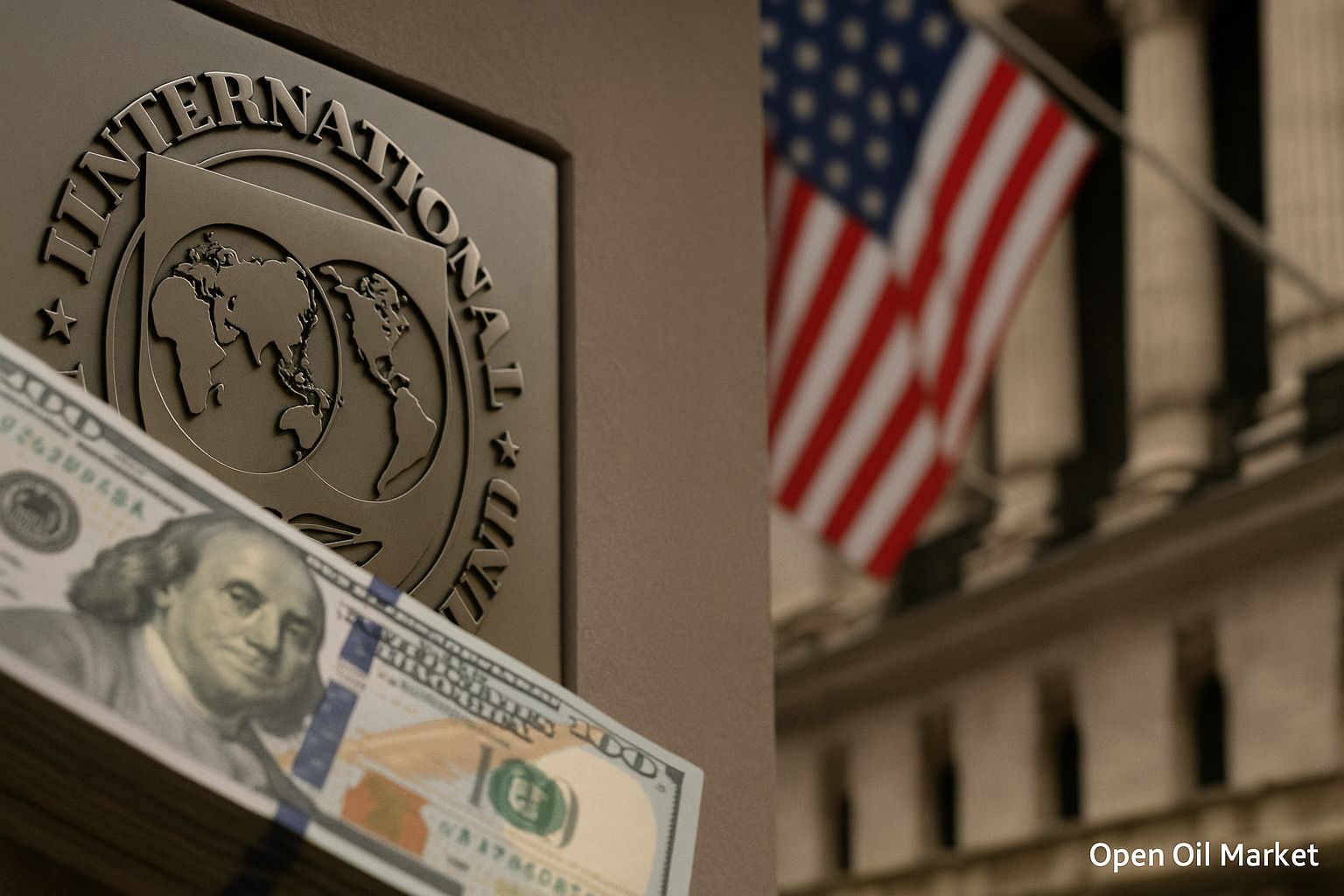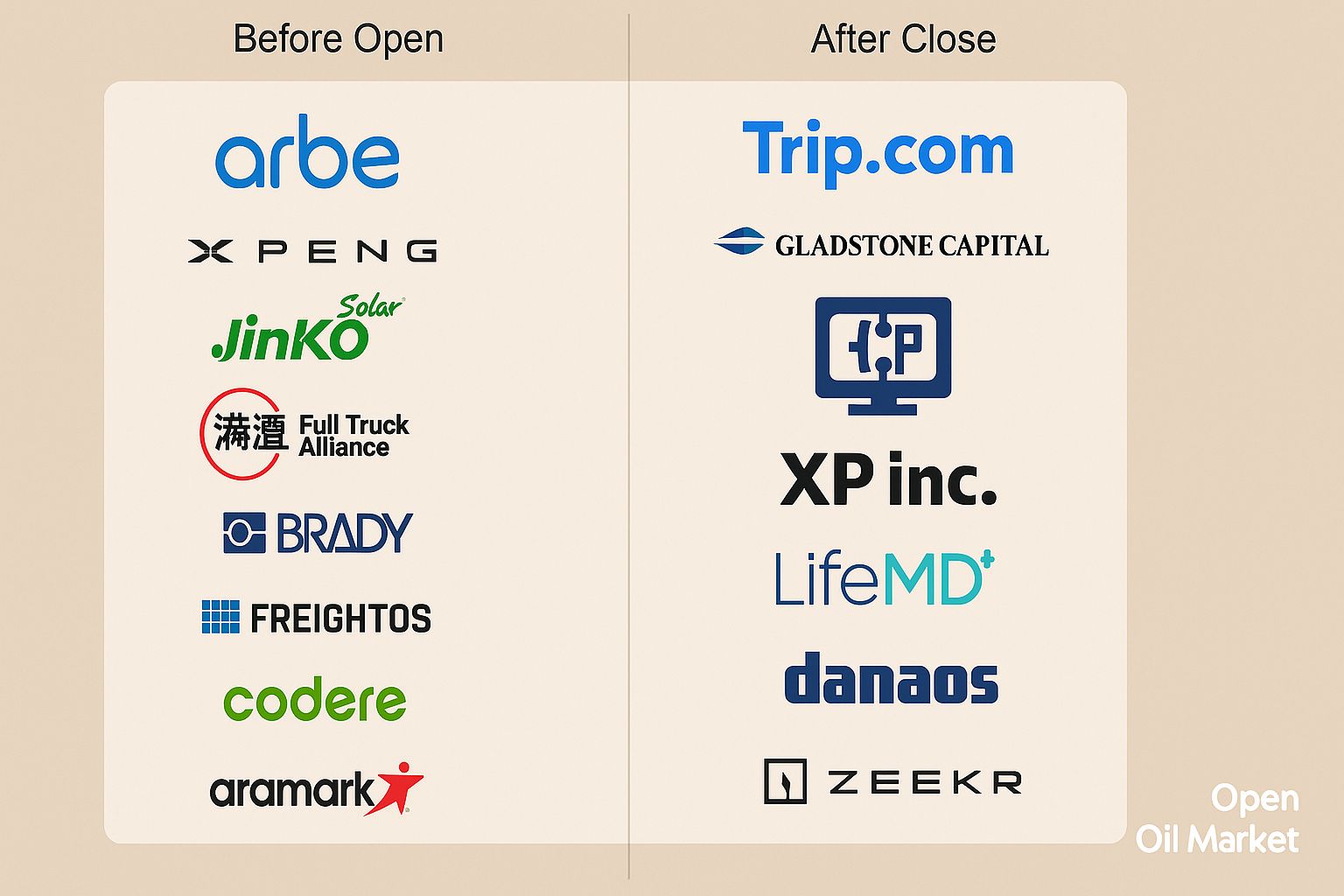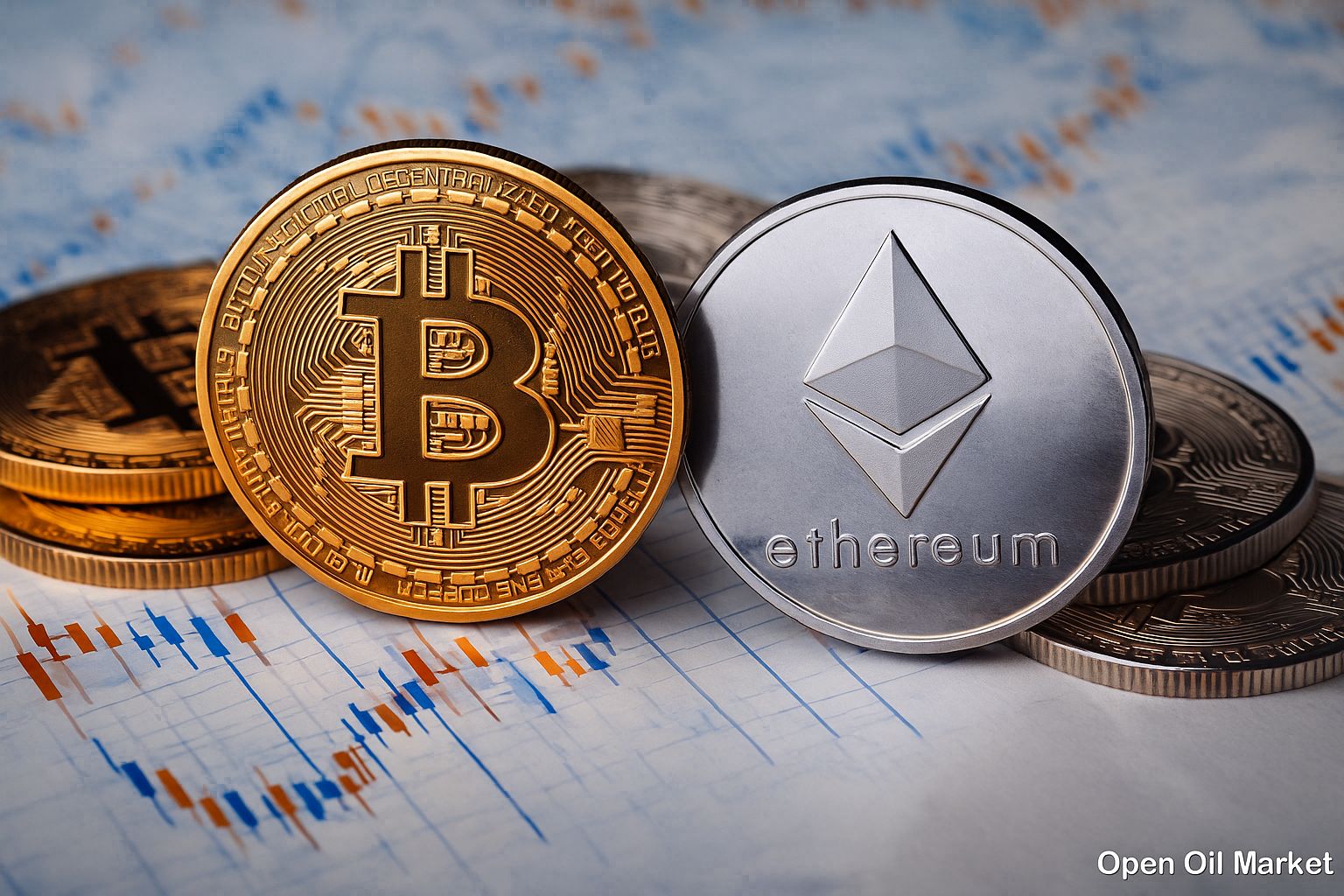
Detailed Overview of Key Economic Events on Wednesday, 15 October 2025: US and China Inflation, Eurozone Industrial Production, Fed Beige Book, and Reports from Major Global Companies — from Bank of America to ASML.
The upcoming Wednesday promises increased volatility in global markets. In Asia, the focus will be on China's consumer inflation for September, while in Europe, attention will shift to the dynamics of industrial production in the Eurozone. The primary driver for risk assets will be the US CPI data for September. At a global level, the annual sessions of the IMF and the World Bank continue, and in the evening, investors will receive the Fed's "Beige Book" containing regional assessments of business activity. The corporate agenda is dense, with results from banks, industrial companies, and consumer issuers being published in the US, and technological and commodity releases expected in Europe. In Asia and on MOEX, the earnings season is underway. For an accurate risk assessment, it is crucial to correlate macro statistics with Treasury yields, the dollar exchange rate, commodity dynamics, and risk appetite.
Macroeconomic Calendar (MSK)
- 04:30 — China: Consumer Price Index (CPI) for September.
- 12:00 — Eurozone: Industrial production for August.
- 15:30 — USA: CPI for September.
- 15:30 — USA: Empire State Manufacturing Index (October).
- 19:00 — Russia: Consumer inflation.
- 21:00 — USA: Fed review "Beige Book."
- 22:45 — Australia: Speech by RBA Governor Michele Bullock.
- 23:30 — USA: Weekly API crude oil inventories.
Concurrently, the third day of the annual meetings of the IMF and World Bank will address inflationary trends, debt risks, and conditions for global financing.
US CPI: What Will Determine the Tone of Trade
- Core Inflation (Core CPI). A slowdown will strengthen expectations of a pause or imminent easing of Fed policy, supporting debt instruments and growth stocks; acceleration will increase Treasury yields and put pressure on multiples.
- Housing and Services. A weakening momentum in these components signals a reduction in domestic price pressures; consistent growth will bolster arguments for a more hawkish stance by the regulator.
- Immediate Market Reaction. Key indicators include the yields on 2–10 year USTs, the dollar index, gold, and the technology segment of the S&P 500, which is sensitive to interest rates.
Fed: Empire State and the "Beige Book"
- Empire State Manufacturing Index. A leading indicator of industrial condition. A positive surprise will enhance expectations for national PMIs and support industrial stocks; weakness will strengthen arguments for a slowdown in business activity.
- "Beige Book." A qualitative assessment of demand, wage, and price dynamics across FRB districts. A softer tone will support risk assets; signs of overheating will solidify hawkish expectations.
Eurozone: Industrial Production
Data for August will demonstrate the resilience of the manufacturing sector in the face of high energy costs and external shocks.
- Better than consensus: Support for the euro, positive for manufacturers in Euro Stoxx 50, and a partial improvement in demand resilience assessment.
- Worse than expectations: Heightened concerns about recessionary pressure and increased caution in cyclical sectors.
Inflation in China and Russia
- China. A low CPI confirms weak price pressure and the likelihood of additional stimulus. Data on food and services are crucial: signs of revival will improve expectations for regional commodity demand.
- Russia. The evening CPI is critical for the trajectory of the key rate set by the Central Bank of Russia. An acceleration strengthens the hawkish rhetoric; a slowdown may signal the peak of tightening has passed. This will impact the rouble and the local debt market.
Earnings Reports: US (Before Market Opens, BMO)
- Bank of America (S&P 500). Net interest income, asset quality, lending; sensitivity to the yield curve.
- Morgan Stanley (S&P 500). Dynamics of IB/trading, inflows in wealth management, comments on the M&A market and IPOs.
- Abbott Laboratories (S&P 500). Sales in diagnostics and medical devices, margins, currency effects, demand expectations.
- PNC Financial (S&P 500). Net interest margin, loss reserves, commercial real estate risks.
- Progressive (S&P 500). Premiums, combined ratio, impact of catastrophic events, and profitability measures.
- Prologis (S&P 500). Warehouse occupancy, rates on renewals, FFO forecast considering cost of capital.
- JB Hunt (S&P 500). Volumes in trucking and intermodal, pricing environment for transport, demand indicators from industry and retail.
Earnings Reports: US (After Market Closes, AMC)
- United Airlines (S&P 500). Flight load factors, average fares, fuel costs, outlook for the holiday season, and fleet plans.
- Las Vegas Sands. Recovery of gaming revenue in Asia, hotel and casino occupancy, capital expenditure plans.
- Kinder Morgan. Volumes of gas and oil transportation, free cash flow, dividend coverage, project status.
- MarketAxess. Turnover in electronic bond trading, market share, institutional activity in the debt market.
Europe, Asia, Russia: Indices and Releases
- Euro Stoxx 50 / Europe. The technology sector is in focus; strong releases from semiconductor manufacturers could support the broader market. Commodity players are sensitive to metal prices and Chinese demand.
- Nikkei 225 / Asia. Expectations for upcoming technology reports and reaction to China's CPI set the tone; fluctuations in the dollar/yen pair directly influence exporters.
- MOEX / Russia. Key factors include oil, rouble exchange rate, external news background. Mass Q3 releases from major issuers are concentrated closer to the end of October — beginning of November.
Tactics and Risk Management
- Volatility window at 15:30 MSK. Use limit orders and phased entry/exit, especially in interest-sensitive securities.
- Portfolio Duration. A soft CPI represents an opportunity to increase duration; a hard scenario requires hedging against interest rate risks.
- Sector Rotations. Technology and retail depend on rate expectations; banks are influenced by curve shape and asset quality.
- Commodities and FX. US CPI and Chinese demand impact oil/metals and EM currencies; consider correlations when balancing the portfolio.
Daily Summary: Investor Guideposts
- US CPI sets the momentum for rates and asset valuations, determining the direction of the trading session.
- Chinese CPI and Eurozone Industry refine the global balance of demand and prices, affecting European and commodity assets.
- Fed's "Beige Book" adds qualitative signals ahead of the regulator’s meeting and helps adjust expectations.
- Reports from the US and Europe have the potential to locally redefine trends — keep a close eye on banks, industry, technology, and transport.
The concentration of significant releases in one day requires discipline: establish risk levels in advance, avoid impulsive decisions on initial reactions, and correlate trades with the investment horizon. Balancing interest-sensitive assets and defensive sectors remains crucial until the trajectory of inflation and central bank policies become clearer.




